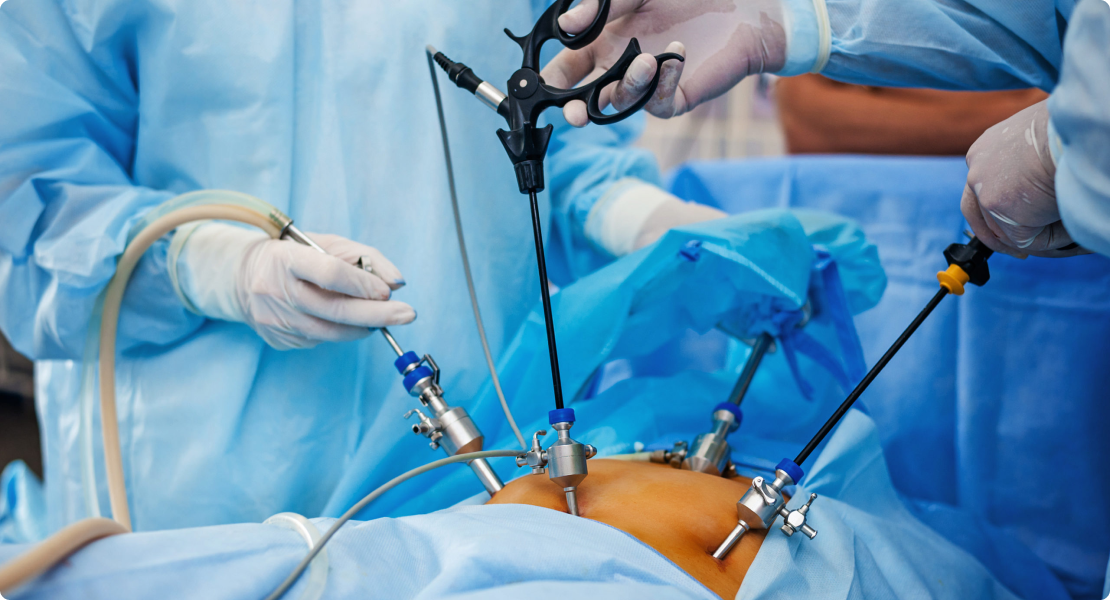Our Treatments

Diagnostic Hysterolaparoscopy for Infertility Evaluation
Diagnostic hysterolaparoscopy is a minimally invasive procedure used to diagnose and treat infertility. This dual technique combines hysteroscopy and laparoscopy to provide a comprehensive view of both the uterus and the pelvic organs. Dr Abdul Basith's procedure is highly effective in identifying potential causes of infertility, such as endometriosis, adhesions, fibroids, or structural abnormalities in the reproductive organs.
Hysteroscopy involves the insertion of a thin camera through the cervix to examine the inside of the uterus. This allows Dr. Basith to detect issues like polyps, adhesions, or congenital abnormalities that may hinder implantation or cause recurrent miscarriages. Laparoscopy, on the other hand, involves small incisions in the abdomen, through which a laparoscope is inserted to visualize the ovaries, fallopian tubes, and the outer surface of the uterus. It helps detect conditions such as ovarian cysts, blocked fallopian tubes, and pelvic adhesions.
This dual procedure offers a precise diagnosis and allows for immediate treatment of certain issues. For example, if adhesions or cysts are found during the laparoscopy, they can be removed or treated during the same session, eliminating the need for multiple procedures.
Dr. Abdul Basith ensures that each patient undergoing diagnostic hysterolaparoscopy receives individualised care, with the procedure tailored to their specific infertility concerns. The minimally invasive nature of the procedure allows for faster recovery times, enabling patients to resume their fertility journey with minimal disruption. By providing accurate diagnoses and real-time treatment options, hysterolaparoscopy significantly enhances the chances of conception for couples struggling with infertility.
